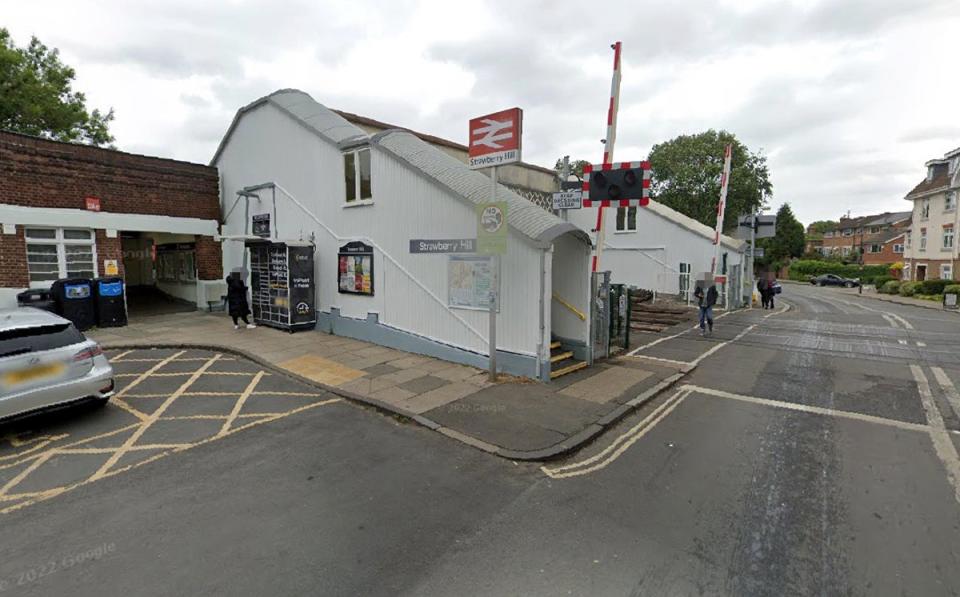The London home of slave abolitionists who fled to Britain from the US after escaping slavery in Georgia is to be commemorated in a blue plaque.
Ellen and William Craft are famed for carrying out one of the most ingenious documented escapes in the history of American slavery.
In December 1848, Ellen, the child of a mixed-race slave raped by her white owner, dressed up as a disabled white man and left Georgia, with William posing as an enslaved manservant accompanying his master north for medical treatment.
Stopping first in Philadelphia, then Massachusetts, they were forced to escape the country altogether after Congress passed the fugitive slave bill in 1850, forbidding inhabitants of the “free states” from sheltering formerly enslaved people.
Fearing abduction by the agents of their former enslavers, the Crafts then boarded a ship and made the four-day voyage to England.
They settled in Hammersmith, helping to organise the London Emancipation Society. In 1860, after travelling the UK arguing for freedom for black people and thrilling abolitionist lecture halls with the story of their escape, they published their autobiography, Running a Thousand Miles for Freedom.
A blue plaque commemorating the home in west London where they raised a family and campaigned for social justice has been placed on 26 Cambridge Grove, a mid-Victorian house.
The Crafts’ great great grandchildren outside the house in Hammersmith, west London. Photograph: Justin Thomas/English Heritage
The plaque was proposed by Dr Hannah-Rose Murray, a historian who works on transatlantic abolitionism.
“Ellen and William Craft were courageous and heroic freedom fighters whose daring escape from US chattel slavery involved Ellen crossing racial, gender and class lines to perform as a white southern man,” Murray said.
“I’m so excited that English Heritage has built on previous work by historians, archivists and local activists to honour their presence in Hammersmith and the UK in general, and recognise the Crafts’ incredible bravery and impact on transatlantic society.”
English Heritage said only about 4% of the more than 975 blue plaques across London were dedicated to black and Asian people, but that it was working hard to rectify the lack of representation. Over the past two years, a quarter of English Heritage plaques have commemorated black or Asian figures.
“Ellen and William Craft’s story is incredibly powerful,” said Anna Eavis, curatorial director at English Heritage. “They are an important part of the anti-slavery movement and we are delighted to remember them with this plaque.”
After the US civil war and the legal emancipation of black people across the country, the Crafts returned, arriving in Boston in 1869 with three children. In 1873, they set up the Woodville Cooperative Farm School in Bryan County, Georgia, for the children of emancipated slaves.
Ellen is believed to have died in Georgia in 1891. William died in Charleston, South Carolina, in 1900, and was buried in the city.
https://www.theguardian.com/world/2021/oct/05/london-home-of-couple-who-escaped-slavery-in-us-gets-blue-plaque




